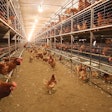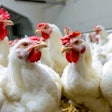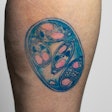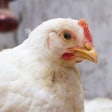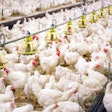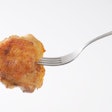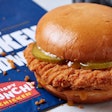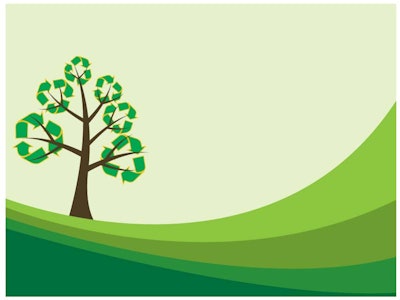
New technology can convert organic byproducts and waste into a healthy, sustainable feed ingredient for poultry.
“Technology can complement conventional methods of farming grain by utilizing waste produced on the farm. Waste includes husks and other biologic materials. In the case of corn, technology can support poultry operations by ensuring higher survival of animals against disease challenges by including the novel proteins that we produce from agricultural waste by including these into the finished diets,” Dr. Suresh Menon, CEO, Menon Renewable Products, said.
Consumers, led by Gen Z and millennials, are becoming increasingly thoughtful about what they consume. This means that values like sustainability now play a larger role in purchasing decisions and could continue to impact product sales going forward. As a result, retailers have put increasing pressure on the supply chain to innovate more sustainable approaches.
Over half of the greenhouse gas emissions produced in monogastric animal protein production are linked to feed formulation, so finding ways to make feed production more sustainable is an easy way for poultry producers to reduce their environmental impact.
Hydrocarbon conversion
The ingredient is produced through a hydrocarbon conversion process that can change hydrocarbons from agriculture-based raw materials into proteins, fats, enzymes and prebiotics. The process begins with the breakdown of cellulosic feedstock into sugars, followed by the supercritical process, oligomerization and optimization of mixing.
The technology uses organic byproducts and waste that would typically go to a landfill, reducing the carbon footprint of feed production.
“We are trying to help farming operations by utilizing the waste produced to create an animal feed product that uses less water, land and energy compared to the production of grain,” Menon explained.
Preliminary results from a series of feed trials of 4-pound broiler chickens challenged by necrotic enteritis revealed that the technology helped increase growth and survivability without the use of antibiotics.
Like what you just read? Sign up now for free to receive the Poultry Future Newsletter








